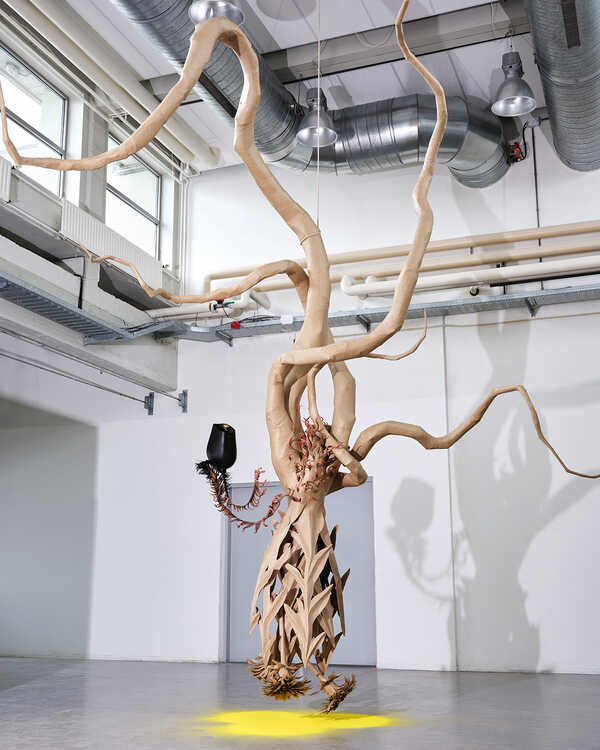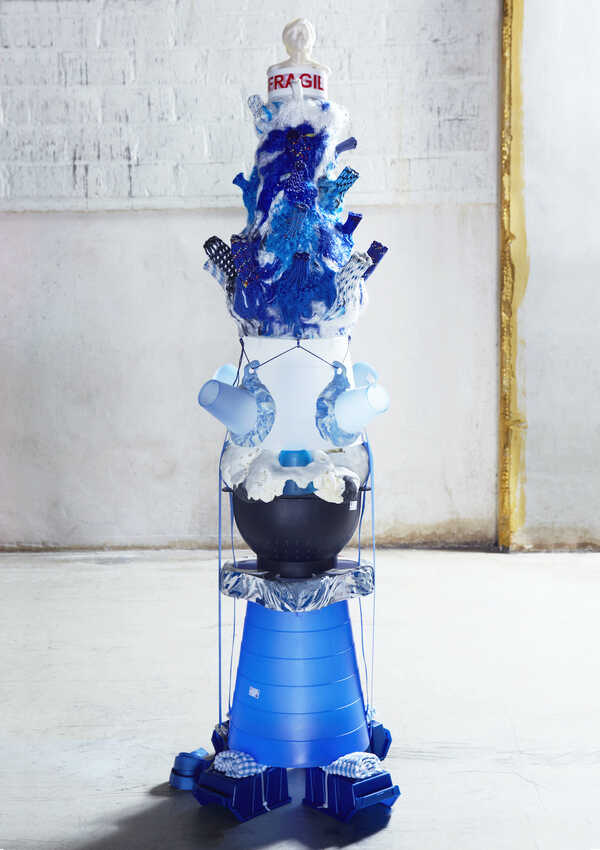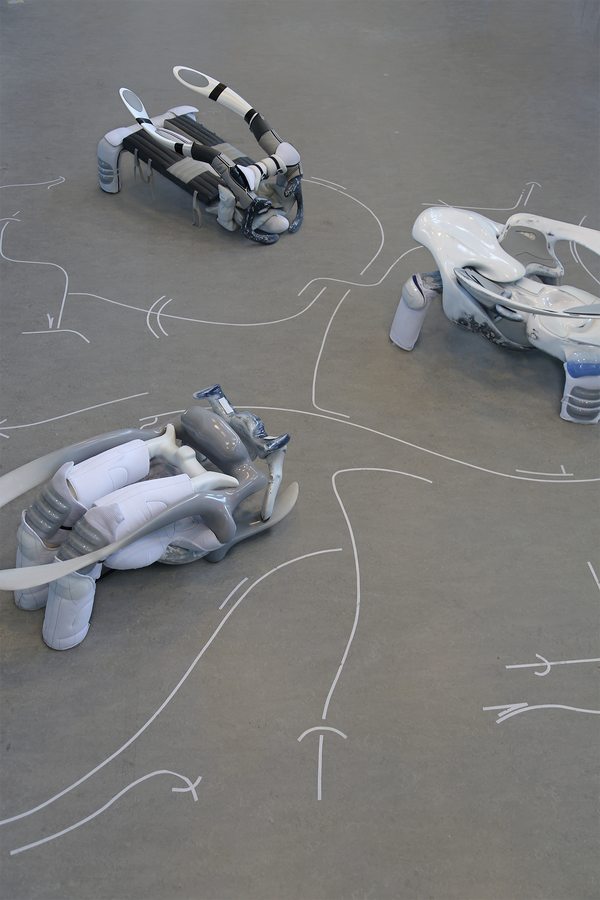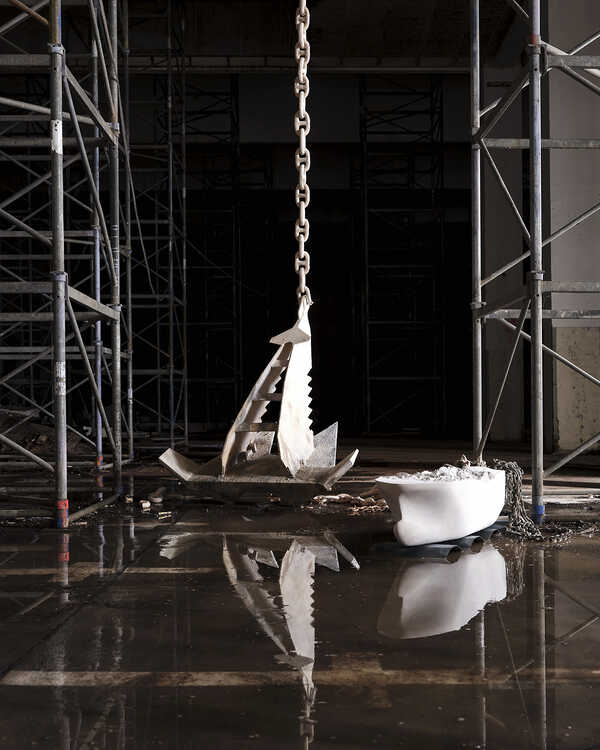Contextual Design
As designers we are always designing within multiple contexts at the same time: within the wider contexts of society, within the context of systems of power and oppression, within contexts of modernity and colonialism, within the context of ecological destruction as well as spatial, social and historical contexts. Within the Contextual Design Master we believe that first there needs to be consciousness: a crucial understanding of context. The next step is deciphering and deconstructing the given contexts in the ongoing praxis of design. Then when an understanding of our positions as designers and as individuals within the current contexts develops, we can start imagining how to design and reconstruct context, whether these are objects, spaces or relations.
At Contextual Design we don’t accept the field’s infinite urge to produce novelty for the sake of novelty and financial profit. If design has the capacity of shaping people’s lives, the practice of a critical designer should at all times revolve around the existential question ‘in which world do I want to live, and which role will my design play in this larger ideal? To answer this question we need to become more aware of our positions and relationship to power as designers, and recognize the layers between objects and space, power, identity, ecology and history.
Throughout the two-year course the Contextual Design Master aims to increase the students’ awareness of how each designed object, and each designed strategy, is a node in a network of relationships with other people, things, and contexts. To underscore the personal responsibility of the designer we speak of authorship, which is not taken in its narrow interpretation of personal ‘stardom’ or ‘signature design’, both of which are embraced by the market as seduction strategies, but the truer conception of authorship as accepting ‘ownership’ and working from genuine commitment. Authorship implies the designer takes personal responsibility for all implicit meanings of a design, as well as the implications and consequences it carries.
One of the main aims of the Contextual Design Master is to cultivate the power of the imagination and narrative. No matter how tight a space we are in, it is through the power of imagination that we can create a space, a context, in which we can relate to not only ourselves but also to others. We ask our current and prospective students to imagine that they are boundless, as if they are free, even when constrained. The artistic talents and experiences of students are the fertile starting points for observing, researching and arriving at this space of freedom from which to question the world with their own design ethos and personal commitment.
Educational View
How to educate tomorrow’s design practitioners in order for them to be able to see, understand and navigate the many realities and contexts that we inhabit? Contextual Design underlines a focus on design as an interdisciplinary and hybrid practice in which personal curiosity, imagination and questioning, define the process, rather than a precisely defined area of cultural production, all-encompassing solutions or a fixed set of skills. To design for this complex world, we need a better understanding of the many contexts and realities we inhabit as designers, not in a quantitative sense but in a qualitative sense. Within the MA, Design is considered as one big research project into our human relations, human histories and the creation of narrative.
The programme rests on six pillars:
→Research
Tutors from a large variety of backgrounds offer both conventional and non-conventional tools to observe, analyze and reflect on specific contexts and research themes that range from abstract philosophical topics to real-life urgencies.
→Experimentation
The students engage in hands-on experimental workshops with materials, movements, and technology which invite risk-taking and unexpected surprises.
→Imagination
The students are invited to let free their imagination, by which we hope to strengthen the students’ ability to reflect and increase their agency to dream beyond the known or given.
→Theory
In order to question dominant design paradigms, the theoretical basis of the Contextual Design Master is based in ideas, methodologies, values that center intersectional feminist and ecological thinking. The understanding of our relationships to systems of power and oppression as designers are seen as crucial to articulate design hat is created with positional awareness.
→Language
Within the workshops and design studio’s the creation of new design languages and the ability to understand visual language is taught. Consequently, the potential of design as a process to explore the layers of languages or even to create new design through new words are actively explored within the programme.
→Collaboration
Contextual Design attracts practitioners from different cultural backgrounds, age groups and educational institutes; some have a BA in design or architecture, others are talented students with no official certificate, or students who have obtained an MA in art, philosophy, biology, neuroscience or another academic pre-study. All students work side by side in the design studios. Collaboration is encouraged in personal projects as well as in group projects as a way of learning.
Programme structure
By taking inspiration from art, architecture, cultural and political theory, students get acquainted with a great variety of (often) opposing views on design and different ways of working. Students learn to disseminate their work through visuals and narrative to gain an understanding of the context they will create through their design projects.
In the first year, the students’ design skills and research talents are enhanced by theory lessons, workshops and design studios. Gradually the students formulate their own questions, and proactively seek what they would like to further explore in their graduation year.
In the second year, the focus shifts to enhancing the students’ autonomy, as well as their reflective talents. Students start with choosing their own research subjects. By confronting their personal interests with a larger societal context, students interact with a growing body of knowledge, acquired for instance through literature study and filmmaking, and an on-going experimental design process, which is based foremost on artistic imagination.
The two-year course is concluded with a personal design project, thesis and a semi-public presentation.
Reading List
Bell hooks - Marginality as a Site of Resistance
Published in Out There: Marginality and contemporary cultures, ed. Russell Ferguson et al. (Cambridge, MA: MIT Press, 1990)
Audre Lorde - Sister Outsider: Essays and Speeches
Trumansburg, New York: The Crossing Press, 1984
Sara Ahmed - Queer Phenomenology: Orientations, Objects, Others
Duke University Pres, 2006
Nirmal Puwar - Space Invaders: Race, Gender and Bodies Out of Place
Oxford: Berg Publishers, 2004
T.J. Demos - Decolonizing Nature
MIT Press, 2016
Adrienne Maree Brown & Walidah Imarisha - Octavia’s Brood - Science Fiction Stories from Social Justice Movements
AK Press, 2015
Rosi Braidotti - Post Human Knowledge
Polity, 2019
Embodied research: A Methodology
Ben Spatz, 2017
The Politics of Food
Cooking Sections in The Funambulist, 2020
The great Caliban: The struggle against the Rebel Body
Silvia Frederici, 2002
Alice Rawsthorne - Design as Attitude
JRP Ringier, 2018
Claudia Mareis & Nina Paim - Design Struggles: Intersecting Histories, Pedagogies and Perspectives
Valiz 2021
Eco-Feminism as Politics - Ariel Salleh
Zeds Books 2017
The End of Bias - Jessica Nordell
Granta Books 2021




























